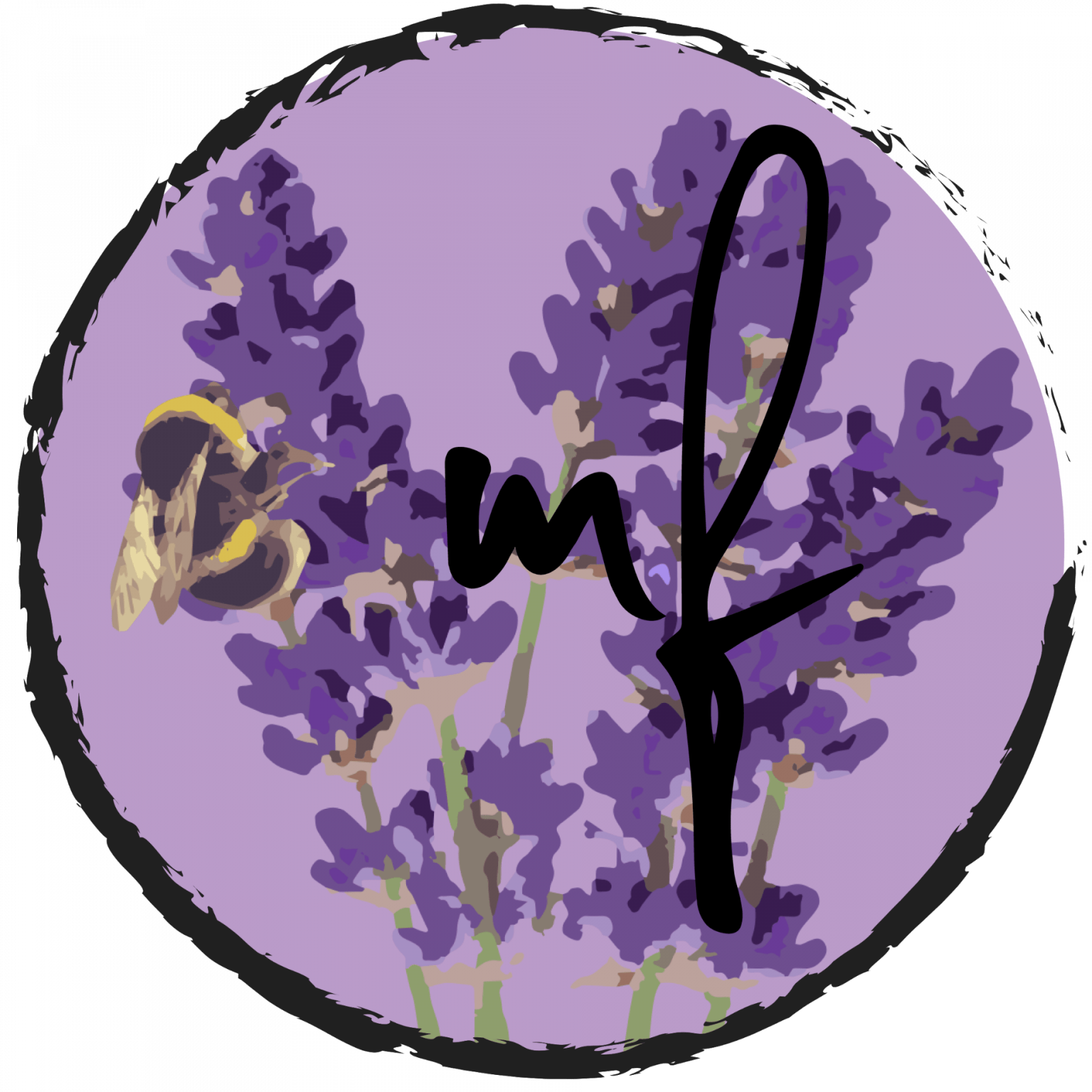Point, planes & Lines
For our first class of IxD 101, we were taught the importance of Points, lines, and planes in graphic design and how it’s the foundation of design. We looked into several designers and their creations using points, lines, and planes in preparation for the project we were given, Wax on, wax off.
![]()
We started off looking at If the Moon Were Only 1 Pixel. Which is a project made by the designer Josh Worth, using points in this project to show the size difference as well as the distance between the stellar bodies in our solar system.
We also had a look at the flexible logo of Seed media group, created by Stefan Sagmeister, and how they with just points managed to customize it for the company and its workers using nothing but points in different colours. Showing us that you can get a long way using one shape but a lot of creativity.

Something that was very similar to the seed media group branding was the Norwegian University of Life Sciences (Norges miljø- og biovitenskapelige universitet), which at the time had a logo using points in their logo, and depending on what department you were at, in the school, it looked different but kept the same pattern, the dots were just different sizes. Which adds a nice touch, that once again, by changing just the size of points you can make it unique but keep the branding.

We then moved on to look into lines a bit further, to get a better understanding of how we can work with that.
Firstly we looked at the computer brand HP and how it has evolved its branding from letters and moved onto lines. By making the design more minimalistic and using the most iconic characteristics in the logo, the leaning characters. Because the brand is already being recognized by it, they made it work with just lines to minimalize it, making it more creative and modern.

For planes, we looked into a few designers such as Mark Blamire as well as Wim Crouwel and their work using planes and how they can be used in graphic design. I was already familiar with Wim Crouwel and his works using planes, both in making graphic design and typefaces. Mark Blamire’s work was quite inspiring as well, learning how you could use planes to create minimalistic images. One thing that came to mind whenever I looked at Mark’s works was the album cover of Kraftwerks “Autobahn”, which made me realize that we’re surrounded by these three basics of design without thinking about it.


Here is the album cover that came to mind when looking into planes: the artist is unknown.

Creating our own designs using points, lines, and planes.
Whenever we had been introduced to points, lines, and planes and their importance in design, we were given the opportunity for our first daily task to make our own. With the instruction to lines and planes, on a collected image using 3×3(9 in total) squares, creating using two objects in the first three squares, three in the second row of squares, and finally 5 in the third row of squares.
Points

Being inspired by if the moon was only a pixel, I played around with the ideas of planets and other space debris casting a shadow on a larger object, capturing the size difference as well as the distance between the points. It was something I enjoyed playing around with and had a lot of fun doing. For the last image of the bunch, I wanted to try to re-create air bubbles underwater to see if I could re-create it using 5 points.
Lines

When I played around with the idea of lines, all I could think about was the similarity of the puzzles that appear in online IQ tests. I wanted to play around with the idea of minimalistic shapes using thin lines that wouldn’t take too much space inspired by these IQ tests as well as the HP logo.
Planes
Even though the planes are as important as points and lines, we were given a different task for this part. Using the same 3×3, we were told to use 9 planes in every square, and they had to be unique for each one of them. I played around with the idea of being inspired by architecture as well as weaving.
The white spaces are hollow, and not meant to be actual planes.

For being our first class, this was incredibly inspiring. I was taught a lot about the importance of basic things such as points, lines, and planes and how much a simple shape can do so much in design.
Thank you.

